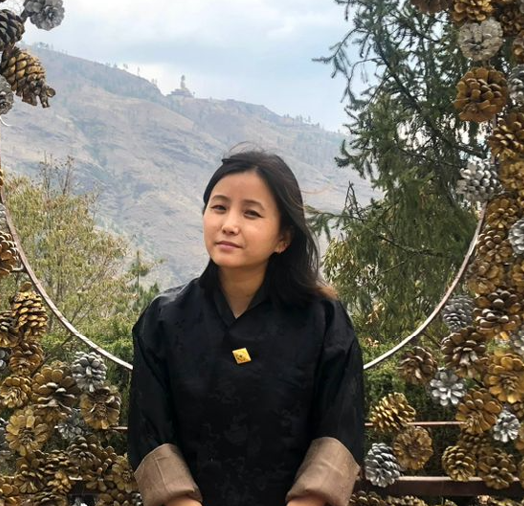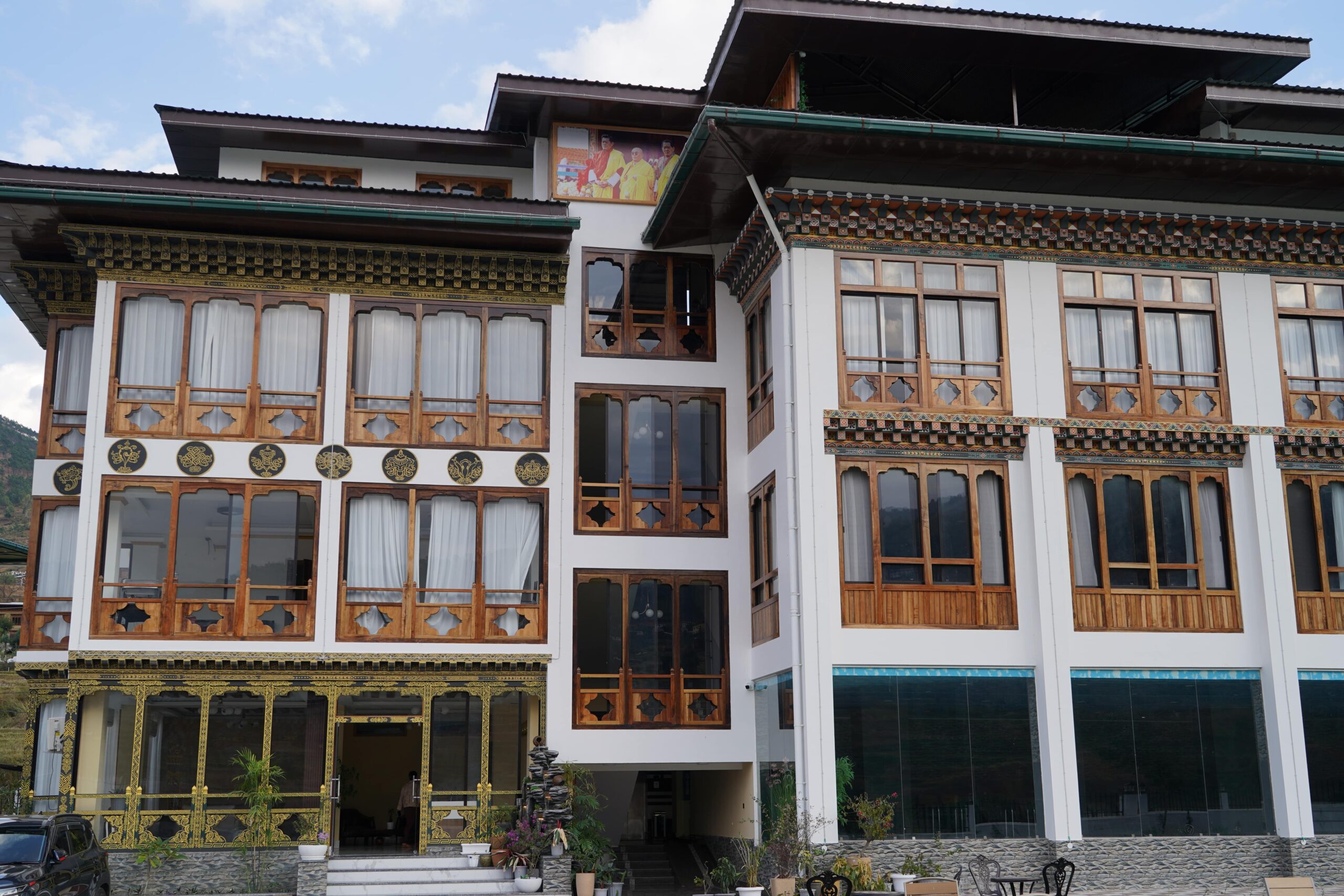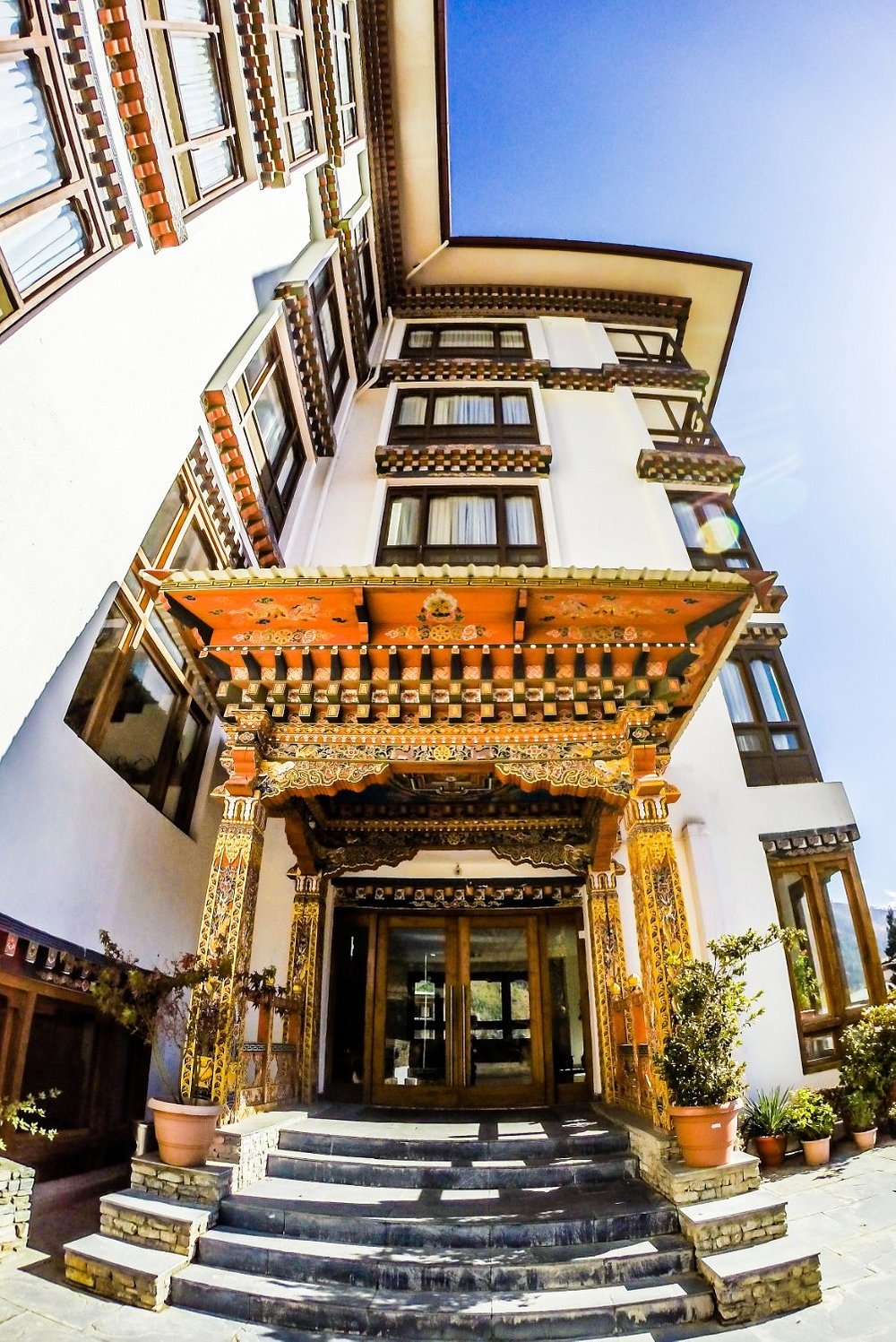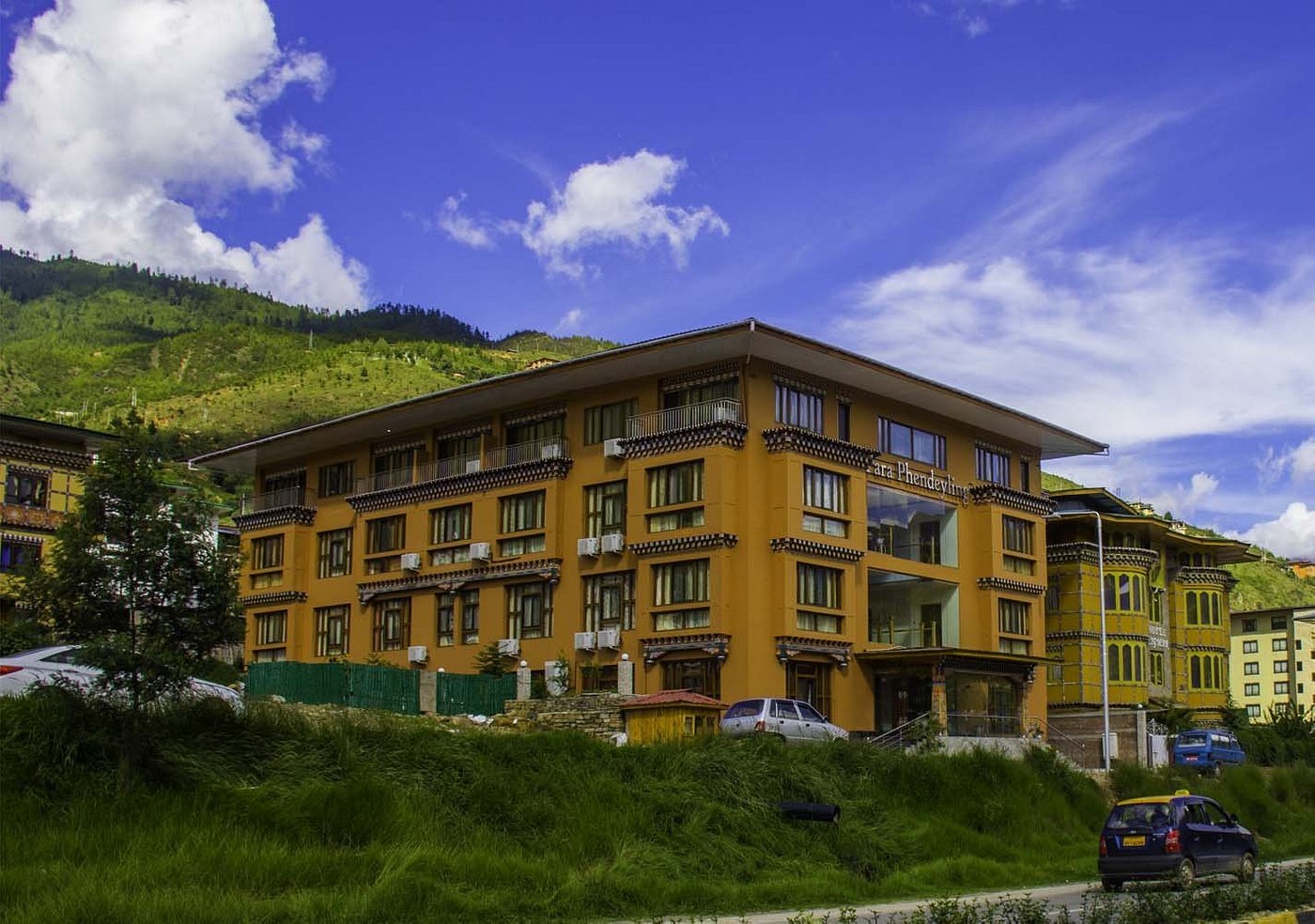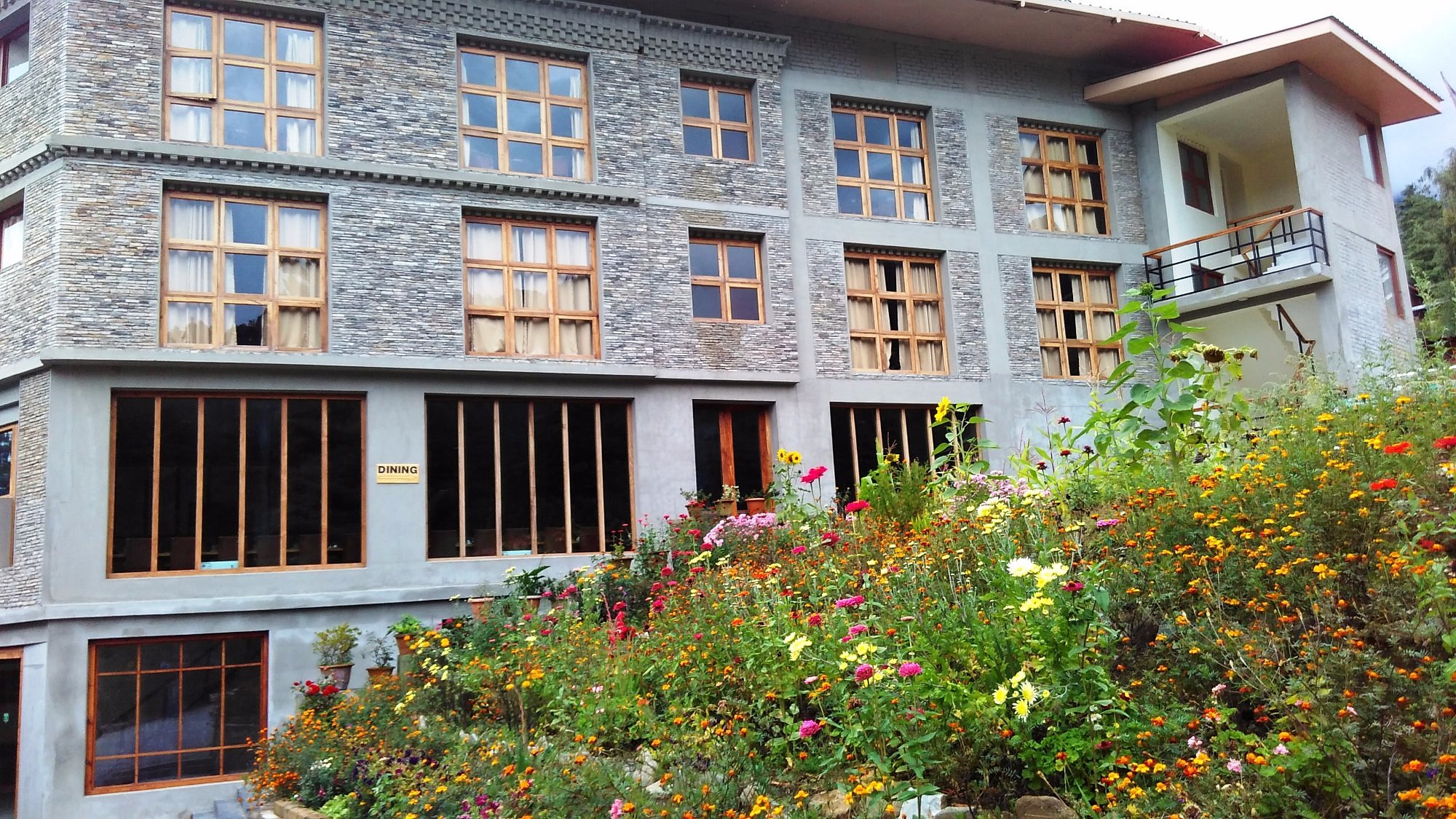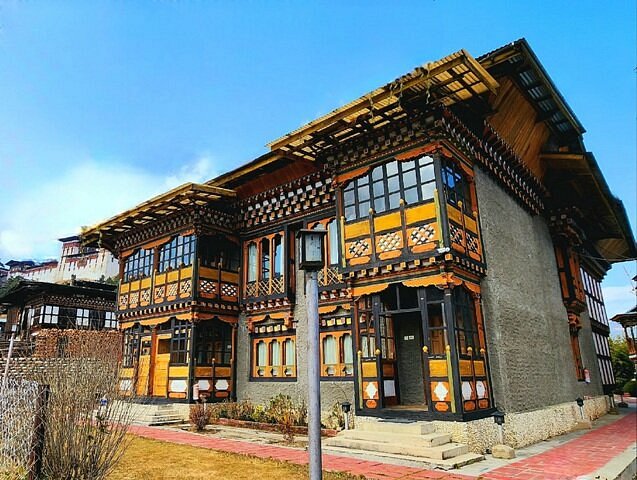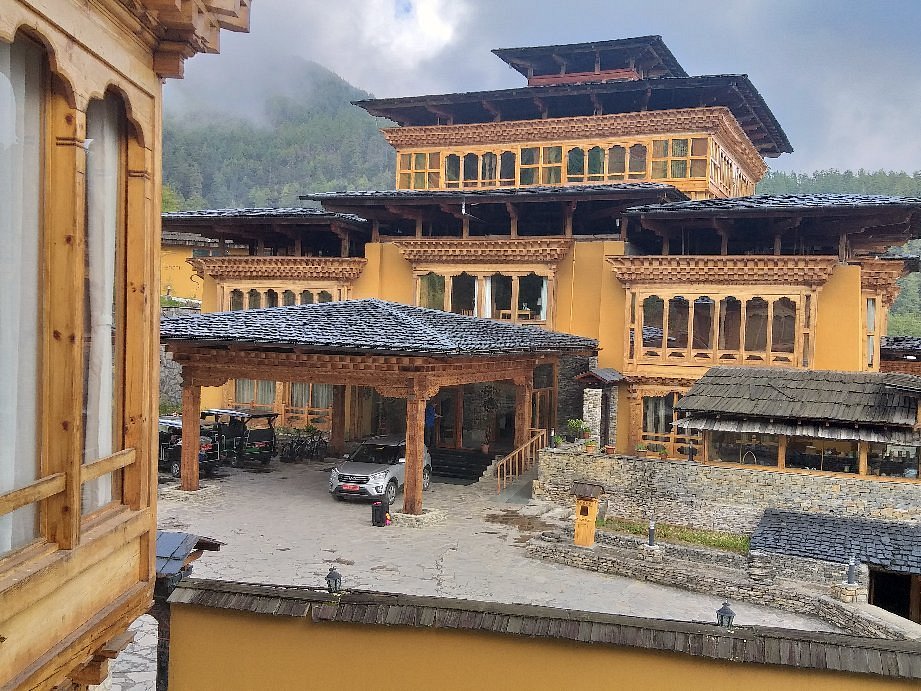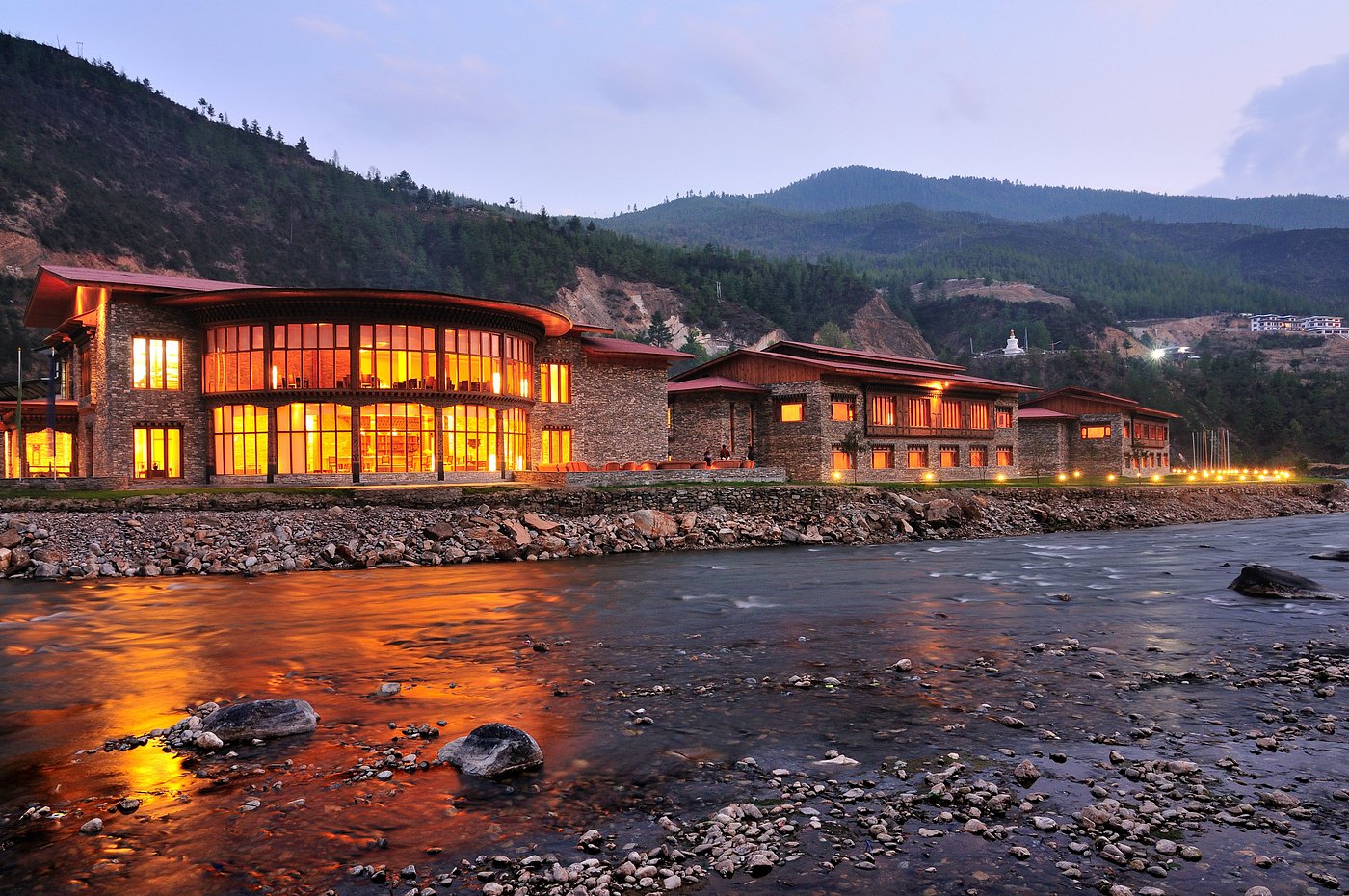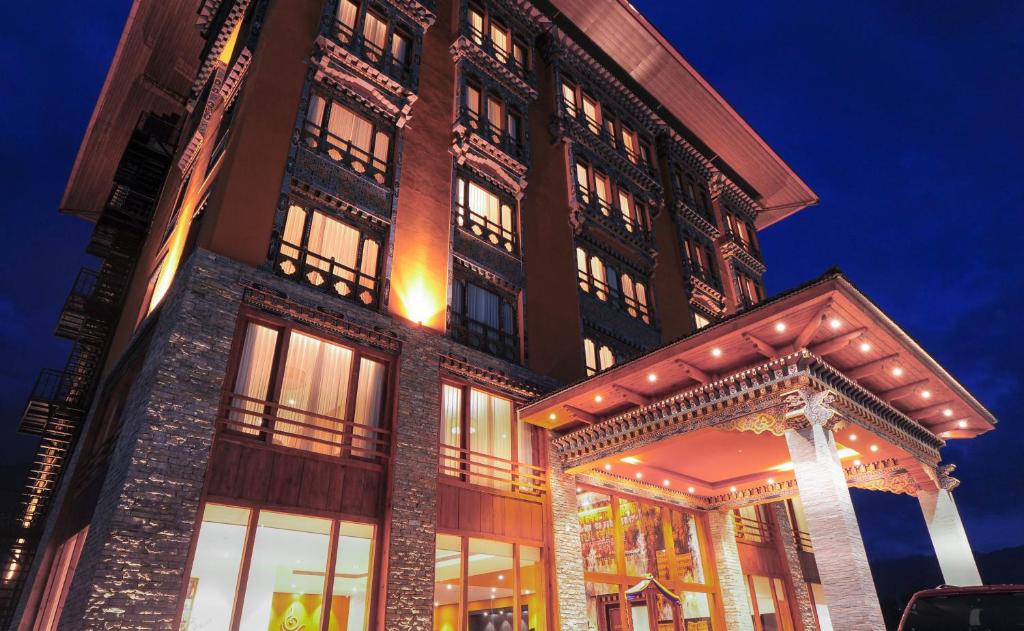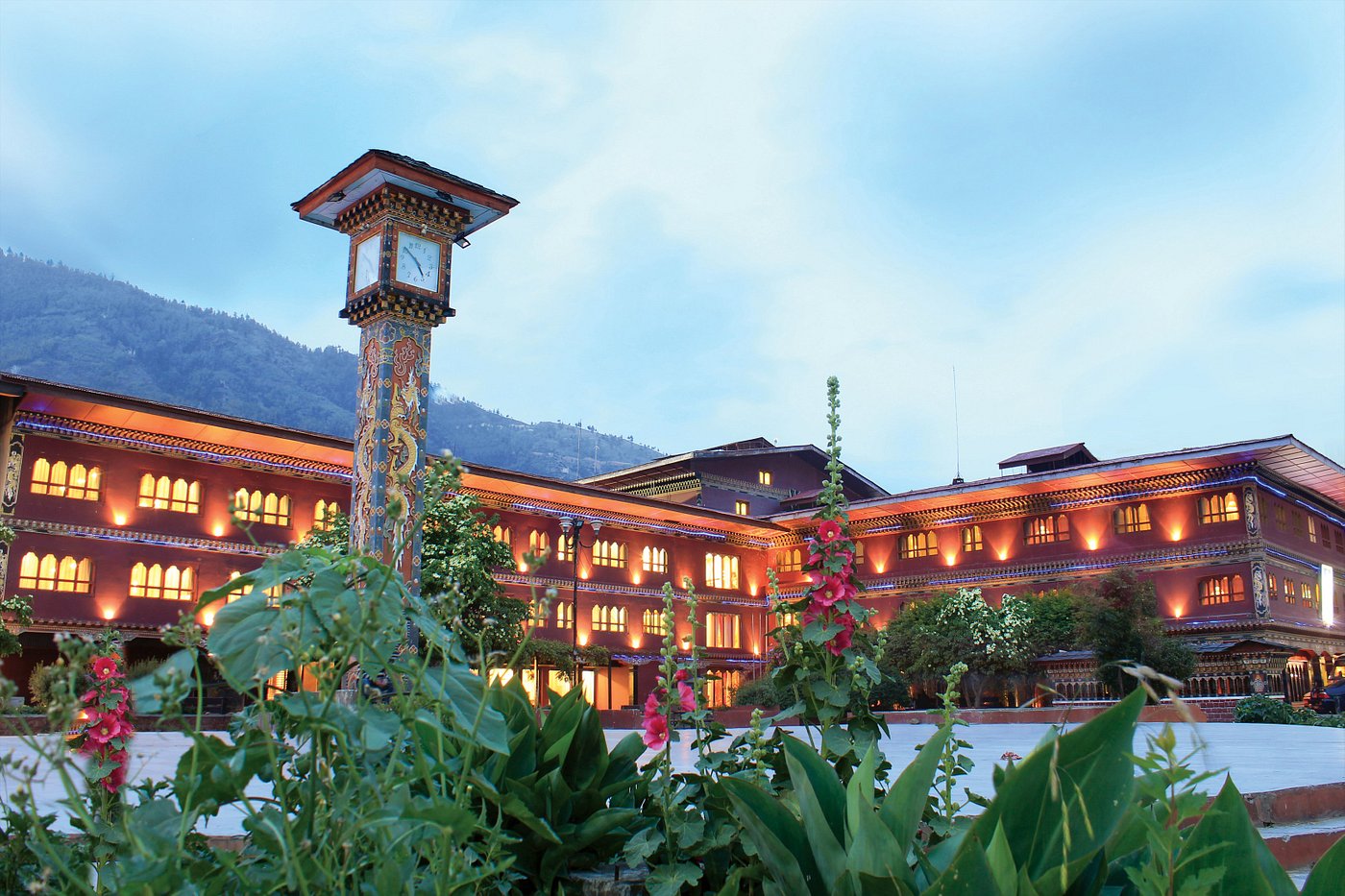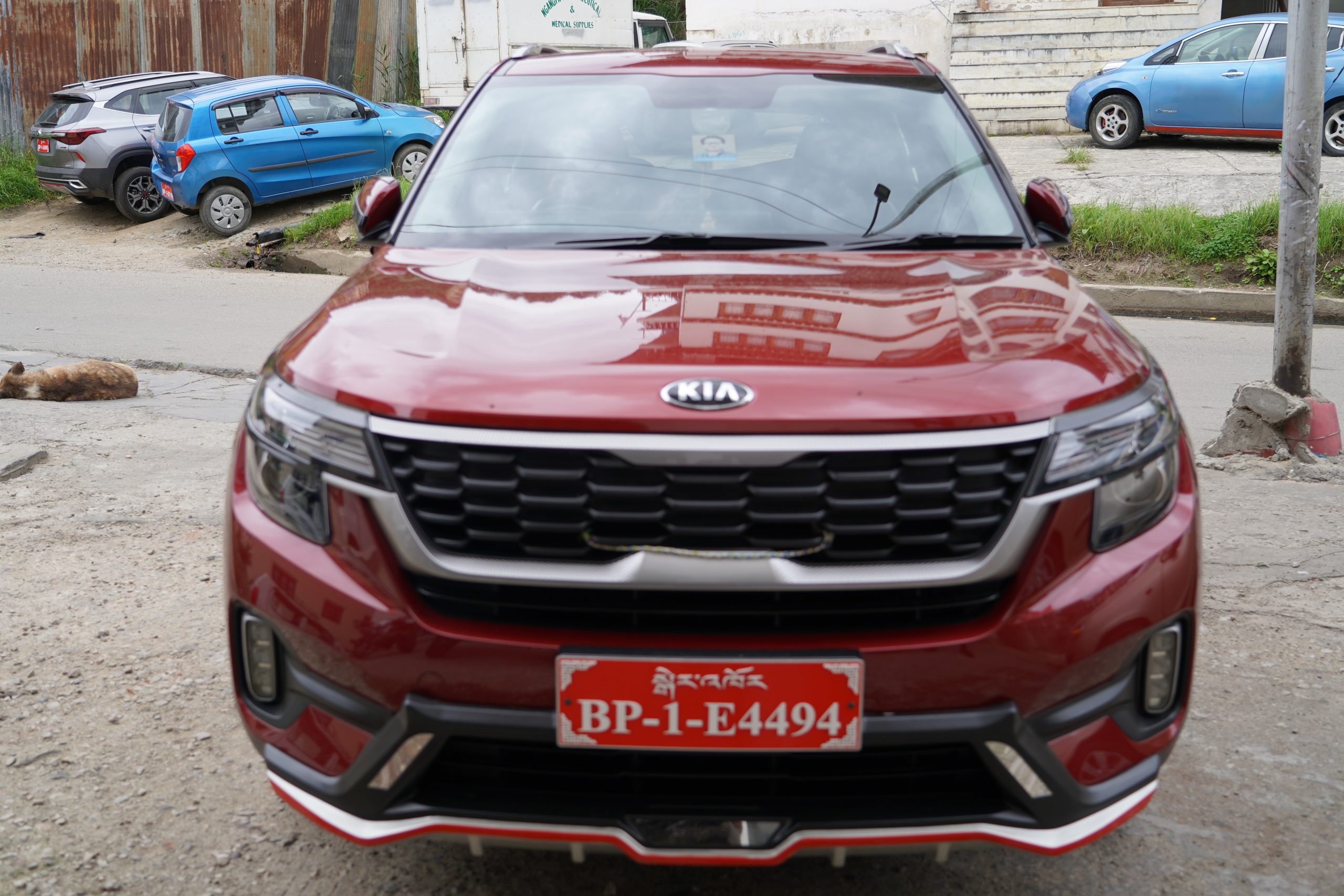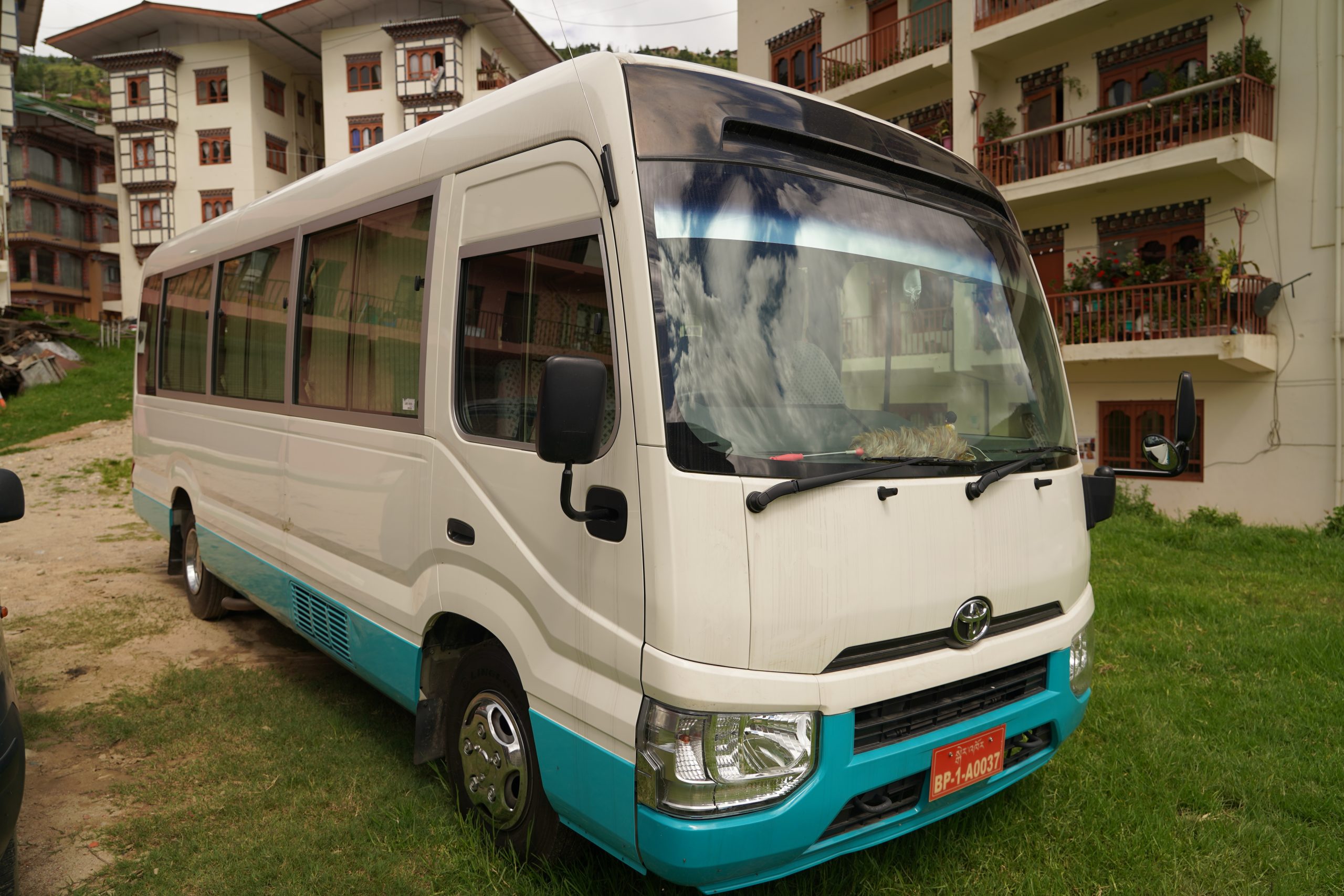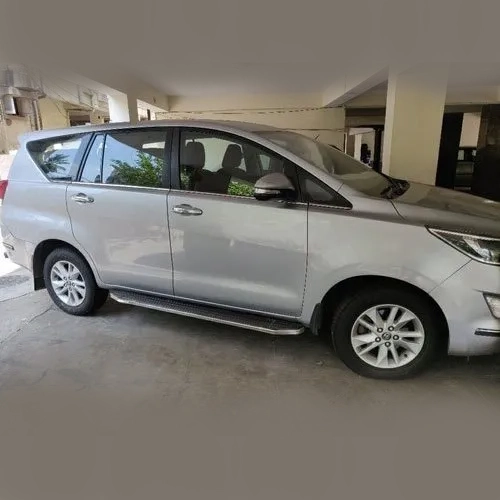Trip Highlights
- Commence the Fifteen-days trek on the Trans Bhutan Trail after exploring Bhutan’s capital, Thimphu, heading east.
- Follow the “Divine Madman Trail” and engage with local communities.
- Reach the Trongsa Dzong on foot as messengers did centuries ago, then visit the royal city of Bumthang and the picturesque Ura Valley.
- Complete the journey with a hike to the famous Tiger’s Nest Monastery.
Trip overview
Itinerary
Day 01:
Paro - Thimphu
- Upon arrival at Paro International Airport, your guide will be waiting to pick you up, and you will be transported by private vehicle to Thimphu, the capital city of Bhutan. Thimphu is the fifth highest capital city in the world, with elevations ranging between 2,248 metres and 2,648 metres above sea level, and it’s also the only capital city without any traffic lights. The city is a blend of modernity and Bhutanese tradition. Later, visit Buddha Point, home to the Buddha Dordenma, the city’s most famous landmark, and a 51-metre gilded bronze statue filled with 125,000 miniature statues. The Memorial Chorten, a Tibetan-style stupa built in 1974, will be your final stop of the day. Have dinner with your guide at one of Thimphu’s many excellent restaurants.
Day 02:
Thimphu - Dochula - Lobesa
- After having breakfast at your hotel, you will be taken to the Dochula Pass located in the east of the capital city. Here, at 3,100 metres above sea level, you can take pleasure in the scenic views Dochula has to offer. It is customary to burn incense and hang prayer flags in the mountain passes as they are considered sacred places in Bhutan. You will also have the opportunity to visit the Druk Wangyal Lhakhang, built-in honour of His Majesty the Fourth King Gyalpo Jigme Singye Wangchuck.
- From Dochula, you will descend into the adjacent valley and take part in the ‘Divine Madman Trail’, named after Drukpa Kuenley who came to Bhutan from Tibet in the 16th century to suppress evil energies. You will have lunch at Thinleygang, visit the Thinleygang Lhakhang temple and finally head east to Lobesa, where you will check into your hotel and have dinner with your guide. The trek covers a distance of 10.5 kilometres and takes about 5 hours to complete. It begins at an elevation of 3,114 metres and ends at 1,811 metres above sea level with an elevation gain of 50 metres.
Day 03:
Thinleygang - Pelela - Rukubji
- After breakfast, you will travel to Pelela Pass, one of Bhutan’s highest mountain passes at 3,402 meters above sea level, where local craftsmen sell yak-hair products. You will re-join the Trans Bhutan Trail at Pelela and descend through the valley’s meadows, where you may spot remote yak herder camps. You will stop at a traditional farmhouse in the village of Rukubji for a hot lunch, followed by a visit to the village Lhakhang or temple, called Kuenzang Choling, which is thought to be built 300 years ago by Lama Tshendhen Duelwa on the head of a snake-demoness. You will camp overnight at Rukubji and enjoy a locally-sourced organic dinner.
- The trek covers a distance of 10 kilometers and takes about 5 hours to complete, with an elevation gain of 300 meters. The starting elevation is 3,402 meters and the ending elevation is 2,735 meters, with the maximum elevation being at Pelela Pass. The village of Rukubji is also known for its unique local language, Ngyen-Kye, which is a mix of various Bhutanese dialects and some English words and is spoken by only a few households now.
Day 04:
Rukubji - Chendebji
- After breakfast, continue your trek by ascending gently through a forest and descending towards the village of Chendebji, where your camp will be located. Take the opportunity to visit the Chorten, a stupa built at the junction of three ridges and three edges of the sky, which is believed to have been constructed to subdue a local demoness and bring peace to the valley. The trek covers a distance of 12 kilometers in about 5 hours, with an elevation gain of 500 meters and a maximum elevation of 2,867 meters. The starting elevation is 2,735 meters, and the ending elevation is 2,425 meters.
Day 05:
Chendebji - Tshangkha
- After having breakfast at the camp, you will rejoin the Trail at the Chendebji Chorten and walk along the old East-West National Highway before heading back to the countryside towards the Tangsibji village. There, you will have a hot lunch at a farmhouse. As you continue on the Trail, you will come across several hydroelectric projects that contribute to Bhutan’s status as the only carbon negative country in the world. You will also have the chance to visit the Trashichoeling Lhakhang, a temple built in 2002 as an offering to the Fourth King of Bhutan. On the way to your campsite in Tshangkha, you will visit the Tshangkha Lhakhang, a temple built on a blessed site. Afterward, you will have an organic dinner made from local ingredients at the campsite.
- The trek covers a distance of 21 kilometers and takes an estimated eight hours to complete. You will ascend 728 meters and descend to an ending elevation of 2,276 meters, with a maximum elevation of 2,460 meters.
Day 06:
Tshangkha - Trongsa
- After having breakfast at the camp, you will continue your journey on the Trail, which involves a short but steep climb out of Tshangkha. During this part of the trek, you will pass by Ugyen Choling and Tshangkha Sheydra. As you reach the top of the climb, the Trail will drop down towards the National Highway and cross it at the Trongsa viewpoint. Trongsa is the geographical center of Bhutan and has a deep connection with the Bhutanese Royal Family. The first two hereditary Kings ruled from Trongsa Dzong, and the crown prince traditionally serves as the Governor of Trongsa before taking the throne. The Trail passes directly through the middle of the city, and centuries ago, it passed through Trongsa Dzong itself. You will get to experience the journey of arriving in this powerful city on foot, just like the garps did centuries ago. You will descend into a steep valley below the viewpoint, enjoying breathtaking views of the Dzong on the opposite side. After crossing the old cantilever bridge over the Mangde River, you will ascend the other side of the valley and arrive at Trongsa Dzong via the Western gate.
- The rest of the day is free for relaxation before having dinner with your guide at a local restaurant in the early evening. The trek distance is 15.9 kilometers (9.88 miles) and the estimated trek duration is 8 hours. The trek involves an elevation gain of 1,421 meters (4,662 feet) and starts at an elevation of 2,276 meters (7,468 feet). The trek ends at an elevation of 2,375 meters (7,792 feet), and the maximum elevation is 2,491 meters (8,173 feet).
Day 07:
Trongsa - Geytsa
- After having breakfast at your hotel, say goodbye to Trongsa and take a private vehicle towards the Yotongla mountain pass, where you will rejoin the Trans Bhutan Trail. From Yotongla, the Trail leads down through meadows and open forests until it meets the Geytsa River. For the final four kilometers (2.49 miles) of today’s hike, enjoy a pleasant riverside walk towards Geytsa. Once in Geytsa, you will have the opportunity to visit a family’s home in the nearby Chhumey community and learn about the ancient art of weaving with yak wool. You will also visit a local handicraft center.
- Trek Distance: 9.5 kilometers (5.9 miles), Estimated Trek Duration: 4 hours, Elevation Gain: 50 meters (164 feet), Starting Elevation: 3,425 meters (11,237 feet), Ending Elevation: 2,891 meters (9,485 feet), Maximum Elevation: 3,425 meters (11,237 feet).
Day 08:
Geytsa - Bumthang
- After having breakfast at camp, begin your trek through a historic part of the Trans Bhutan Trail which was once used by the Royal family when they traveled between Trongsa, Bumthang, and Kuenga Rabten, the summer residence of His Majesty the Second King. The Trail ascends from Geytsa through pine forests towards the Kikila Pass, where it briefly follows the route of the Owl Trek.
- From Kiklia, the Trail gradually descends towards the Bumthang Valley, providing breathtaking views of Jakar Dzong on the way down. You can take a break en route and enjoy a picnic lunch while visiting Chuchi Lhakhang, a temple that locals claim was built by King Songsten Gampo in the 10th century.
- If time permits, you can also visit the Bumthang Brewery, known for producing Bhutan’s famous Red Panda Beer, and the only commercial cheese factory in Bhutan, both of which are part of a Swiss development project that introduced European farming and production techniques to the area. Dinner with your guide will be at a local restaurant.
Day 09:
Bumthang - Phomdrong
- Visit Lhodrak Karchu Monastery, climb towards it and enjoy the stunning views. Afterwards, visit Pema Choling Nunnery, known for the “chod” ceremony, and then head to Mebartsho, a sacred site where treasures were discovered. Enjoy lunch at a local farmhouse and learn how to make traditional buckwheat noodles. Rest at the campsite for the night. The trek covers a distance of 15.25 kilometers in about 6 hours with an elevation gain of 840 meters and maximum elevation of 3,109 meters.
Day 10:
Phomdrong - Ura
- Continue the Trail towards Ura after breakfast, passing fields of buckwheat and stopping for a picnic lunch near Tangsiji village. Climb up to Sheytangla Chorten and enjoy the views of Ura valley before descending to Ura. Visit Ura Lhakhang, a temple with a two-story Guru statue and a copper Guru that is believed to have saved the valley from leprosy. The trek covers a distance of 18 kilometers in about 7 hours with an elevation gain of 1,182 meters and maximum elevation of 3,576 meters.
Day 11 :
Ura - Bumthang
- After breakfast, take a private vehicle back to Bumthang and visit the Jambay Lhakhang and Jakar Dzong. The fortress is a remarkable structure built in the 16th century that served as Bhutan’s main defensive stronghold and later became the seat of the First King. Enjoy dinner with your guide at a local restaurant.
Day 12:
Bumthang - Punakha
- After breakfast, take a vehicle from Bumthang to Punakha, stopping in Trongsa for a tour of Trongsa Dzong and Trongsa Ta Dzong, which houses the Royal Heritage Museum. Upon arrival in Punakha, enjoy a possible sightseeing tour of Punakha Dzong, which is considered the most beautiful dzong in Bhutan and houses the country’s most treasured relic, Rangjung Kharsapani. It served as the seat of the Bhutanese Government until the 1950s and currently serves as the winter residence for the monastic body. Dinner will be at a local restaurant with your guide.
Day 13:
Punakha - Paro
- Upon arrival in Punakha, explore the beautiful Punakha Dzong. Later, have dinner with your guide at a local restaurant.
- The next day, drive to Thimphu via the Dochula Pass and hike the Trans Bhutan Trail towards Thimphu. Visit Simtokha Dzong before continuing to Paro by car, where you will check into your hotel and have dinner with your guide. The trek covers a distance of 15.5 kilometers and takes about 5 hours, with an elevation gain of 170 meters and a maximum elevation of 3,180 meters.
Day 14:
Tiger's Nest
- After breakfast, take a private vehicle northwest of Paro to visit the famous Tiger’s Nest Monastery. It is situated on a cliff face 900 meters above the Paro Valley floor and is only accessible by foot. The trek takes about 1.5 to 2 hours, and you’ll pass by a chorten, a monastery, and a waterfall. Once you arrive, you can visit the cave where Guru Rinpoche meditated and explore the network of chapels. After the visit, return to your hotel in Paro for relaxation or souvenir shopping. In the evening, have a farewell dinner with your guide at a nearby restaurant.
Day 15 :
Paro Departure
- After breakfast this morning, you will be transferred to the airport for your international departure flight.
Cost Details
Cost includes
- Accommodation on twin sharing.
- Full board meals as stated in the itinerary.
- All tours and transfers in private Coach.
- English speaking guide.
- Entrance fee to monument as per the itinerary.
- Bottle of drinking water during tour on daily basis.
- Bhutanese Cultural show including Mask dance.
- Government SDF and other taxes.
- Transportation.
Cost exclusion
- Travel insurance.
- Beverages.
- Expenses on personal nature.
- Tipping for guide and driver.
- Laundry.
Trip gallery
Some snapshots during past trips

View
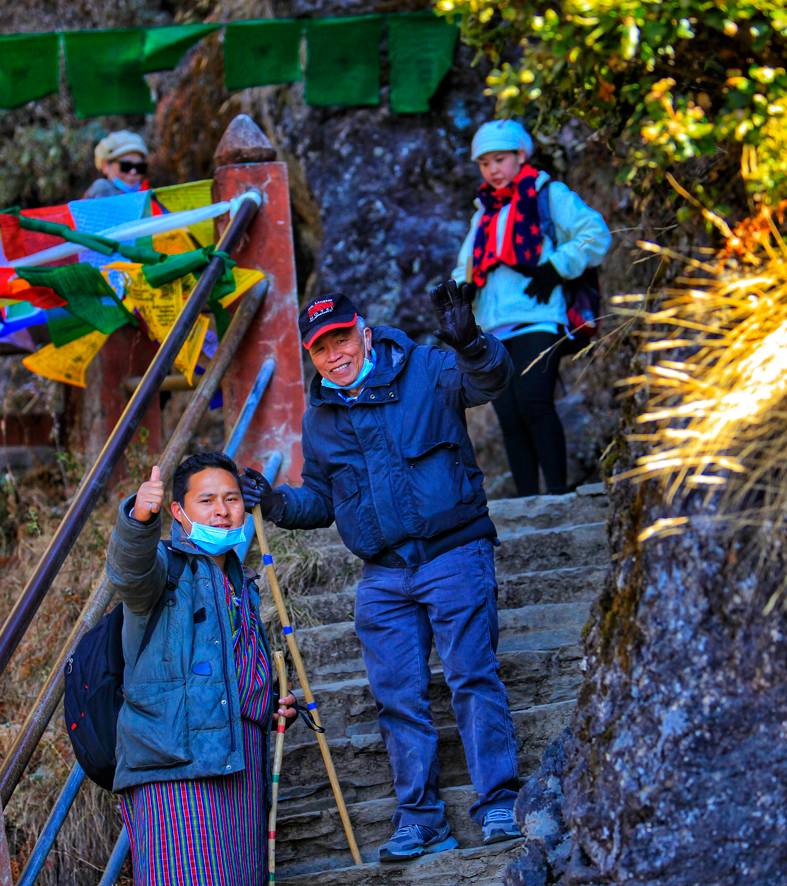
View
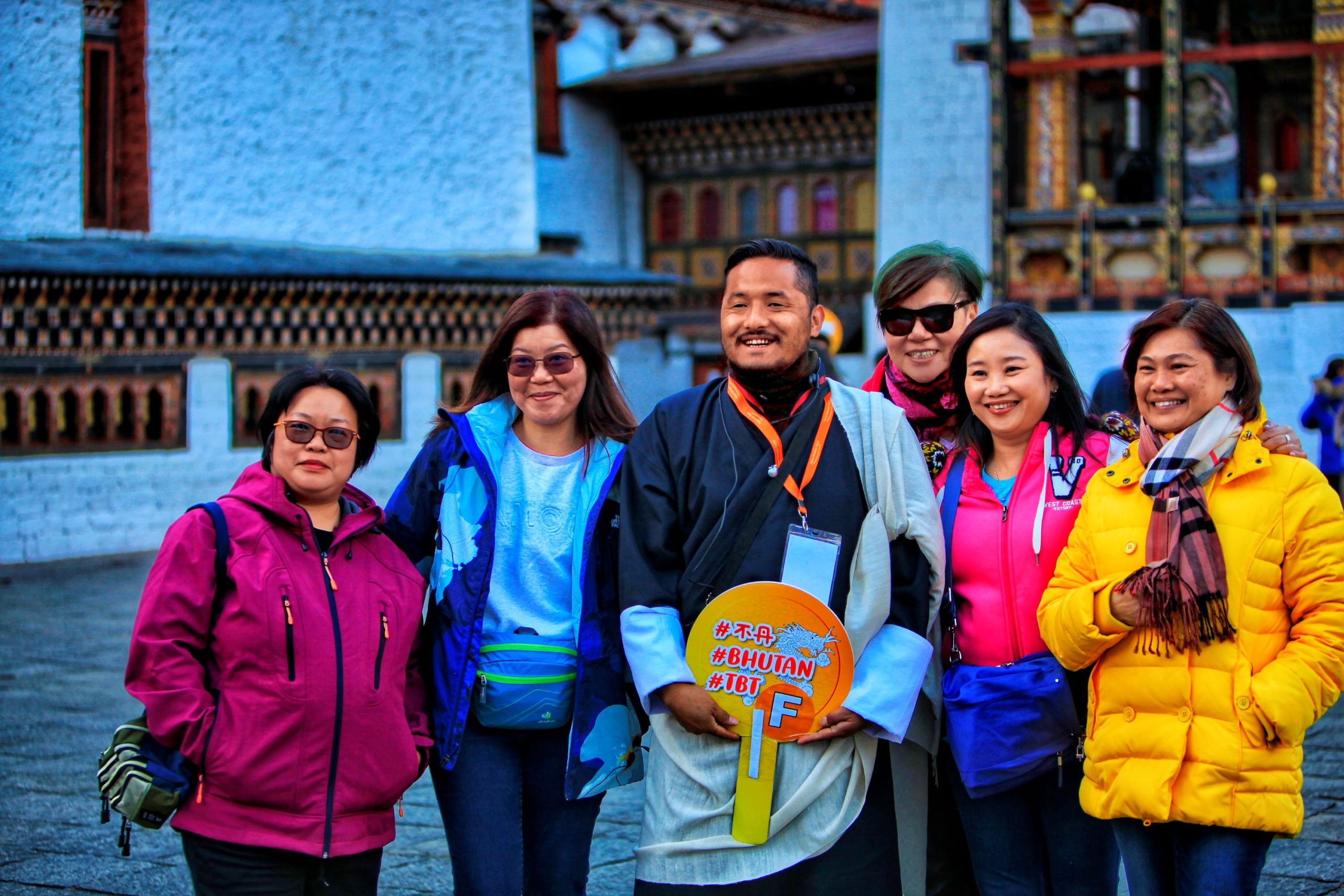
View

View
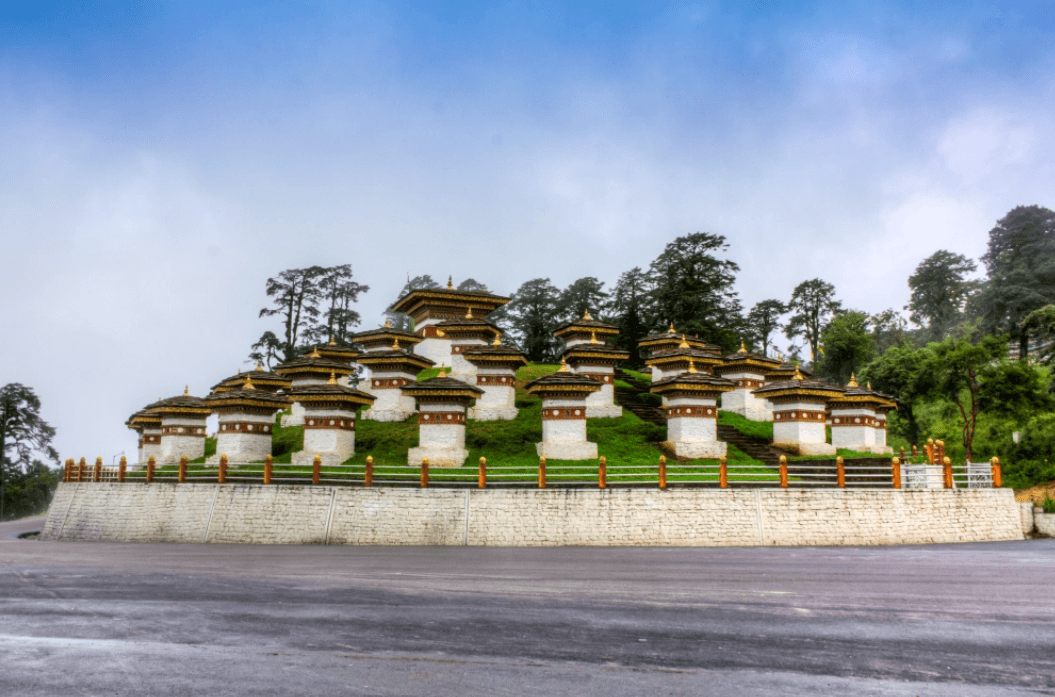
View

View





